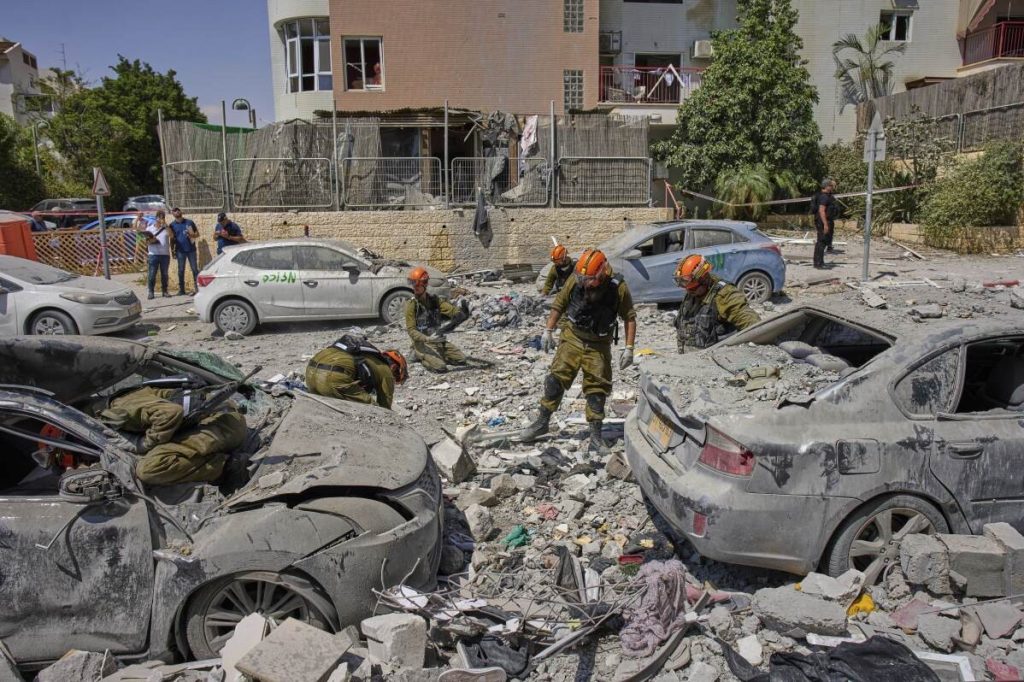Iran’s Supreme Leader Emerges Amid Escalating Iran-Israel Conflict: What the Silence Really Means
Ayatollah Khamenei’s guarded public reemergence masks Tehran’s strategic vulnerabilities in the ongoing Iran-Israel war, exposing cracks in leadership security and escalating U.S. pressure.

On the eve of Ashoura, Iran’s Supreme Leader Ayatollah Ali Khamenei made a rare public appearance—his first since the violent 12-day conflict between Iran and Israel erupted. While state media portrayed a composed leader attending a religious mourning ceremony in Tehran, the broader picture reveals a regime scrambling under intense military and political pressure.
Khamenei’s long absence from public view during such an extended period of hostilities was not mere precaution; it highlighted genuine concerns over his personal security amid escalating threats. Reports confirm he remained confined to a bunker as missile exchanges and covert strikes rattled Tehran’s power centers. This defensive posture contradicts the image of an unshakable supreme authority that Iran tries to project.
The United States’ direct involvement—marked by precision airstrikes on critical Iranian nuclear installations and pointed social media warnings to Khamenei himself—underscores how seriously Washington views Tehran’s aggression. President Trump’s candid messages about tracking Khamenei illustrate American resolve that goes beyond diplomatic posturing.
Meanwhile, Iranian officials claim over 900 casualties on their side and admit significant damage to nuclear sites, even denying international inspectors access—actions that only deepen suspicion about Tehran’s nuclear intentions. Israel’s targeted strikes on military leaders and scientists further expose vulnerabilities within Iran’s military infrastructure.
Tehran’s response—firing hundreds of ballistic missiles at Israel, though largely intercepted—resulted in civilian deaths and property damage but failed to shift strategic balances. The war has revealed glaring weaknesses within Iran’s defense apparatus despite its aggressive rhetoric.
The Broader Implications Behind Khamenei’s Ritual Display
Hosting an Ashoura commemoration steeped in Shiite martyrdom symbolism serves more than spiritual purposes; it is a calculated effort to rally internal unity amid external pressure by invoking historical grievances against perceived foes. Yet the spectacle of black tents and chest-beating cannot mask the reality: Iran faces unprecedented geopolitical isolation, severe internal strain, and increasing vulnerability to U.S.-backed countermeasures.
As the regime clings to ideological narratives rooted in centuries-old sectarian conflict, America must remain vigilant in exposing these tactics for what they are—a smokescreen for Tehran’s belligerence that threatens regional stability and U.S. interests alike.
The takeaway: The supreme leader’s cautious reemergence is less about religious observance and more about managing optics amid faltering power dynamics. Americans deserve transparency about Tehran’s true weaknesses masked by propaganda.
